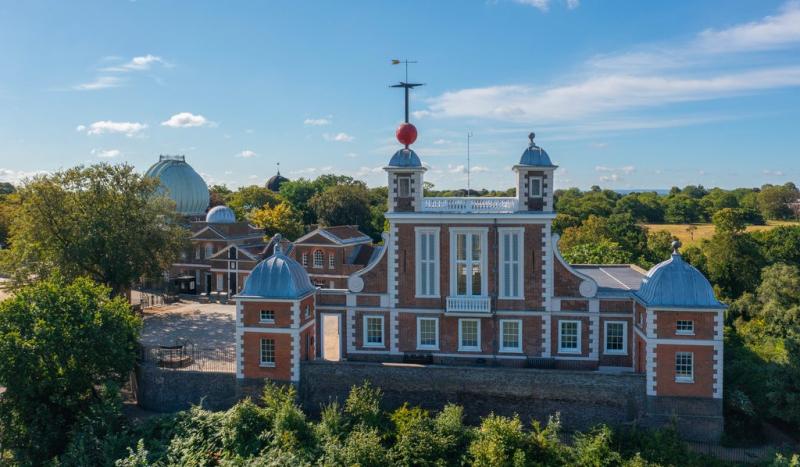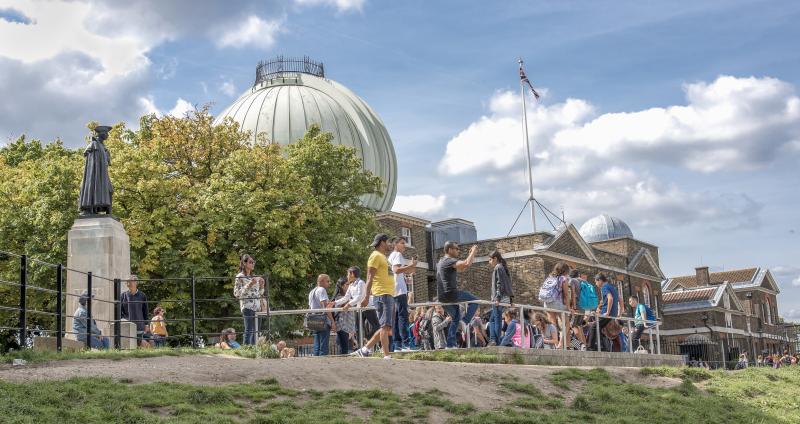
The origin of the Solar System
How did the Sun, planets and moons in the Solar System form? There is a surprising amount of debate and several strong and competing theories, but do scientists have an answer?
What are the theories for the origin of the Solar System?
Any theory about how the Solar System came to be has to account for certain, rather tricky facts. We know that the Sun sits at the centre of the Solar System with the planets in orbit around it, but these throws up five major problems:
- The Sun spins slowly, and only has 1 percent of the angular momentum of the Solar System - but 99.9 percent of its mass. Why is this?
- Terrestrial planets have solid cores - how did they form?
- What about the gas giant planets like Jupiter - were they formed differently?
- How did planetary satellites like the Moon come into being?
- Bode's law states that the distances of the planets from the Sun follow a simple arithmetic progression. Why should this be?
Taking all these issues into account, science has suggested five key theories considered to be 'reasonable' in that they explain many (but not all) of the phenomena exhibited by the Solar System. Find out more below.
The Accretion theory
The Sun passes through a dense interstellar cloud and emerges surrounded by a dusty, gaseous envelope.
The problem is that of getting the cloud to form the planets. The terrestrial planets can form in a reasonable time, but the gaseous planets take far too long to form. The theory does not explain satellites or Bode's law and is therefore considered the weakest of those described here.
When is the next lunar eclipse?
The Protoplanet theory
A dense interstellar cloud produces a cluster of stars. Dense regions in the cloud form and coalesce; as the small blobs have random spins the resulting stars will have low rotation rates. The planets are smaller blobs captured by the star.
The small blobs would have higher rotation than is seen in the planets of the Solar System, but the theory accounts for this by having the 'planetary blobs' split into planets and satellites. However, it is not clear how the planets came to be confined to a plane or why their rotations are in the same sense.
The Capture theory
The Sun interacts with a nearby protostar, dragging a filament of material from the protostar. The low rotation speed of the Sun is explained as being due to its formation before the planets, the terrestrial planets are explained by collisions between the protoplanets close to the Sun, and the giant planets and their satellites are explained as condensations in the drawn out filament.
What was the bright object I saw in the sky last night?
The Modern Laplacian theory
French astronomer and mathematician Pierre-Simon Laplace first suggested in 1796 that the Sun and the planets formed in a rotating nebula which cooled and collapsed. The theory argued that this nebula condensed into rings, which eventually formed the planets and a central mass - the Sun. The slow spin of the Sun could not be explained.
The modern version assumes that the central condensation contains solid dust grains which create drag in the gas as the centre condenses. Eventually, after the core has been slowed, its temperature rises and the dust evaporates. The slowly rotating core becomes the Sun. The planets form from the faster rotating cloud.
The Modern Nebular theory
The planets originate in a dense disk formed from material in the gas and dust cloud that collapses to give us the Sun. The density of this disk had to be sufficient to allow the formation of the planets and yet be thin enough for the residual matter to be blown away by the Sun as its energy output increased.
In 1992 the Hubble Space Telescope obtained the first images of proto-planetary disks in the Orion nebula. They are roughly on the same scale as the Solar System and lend strong support to this theory.
Conclusion
There have been many attempts to develop theories for the origin of the Solar System. None of them can be described as totally satisfactory. We do believe, however, that we understand the overall mechanism.
The Sun and the planets formed from the contraction of part of a gas/dust cloud under its own gravitational pull and that the small net rotation of the cloud created a disk around the central condensation. The central condensation eventually formed the Sun, while small condensations in the disk formed the planets and their satellites. The energy from the young Sun blew away the remaining gas and dust, leaving the Solar System as we see it today.





